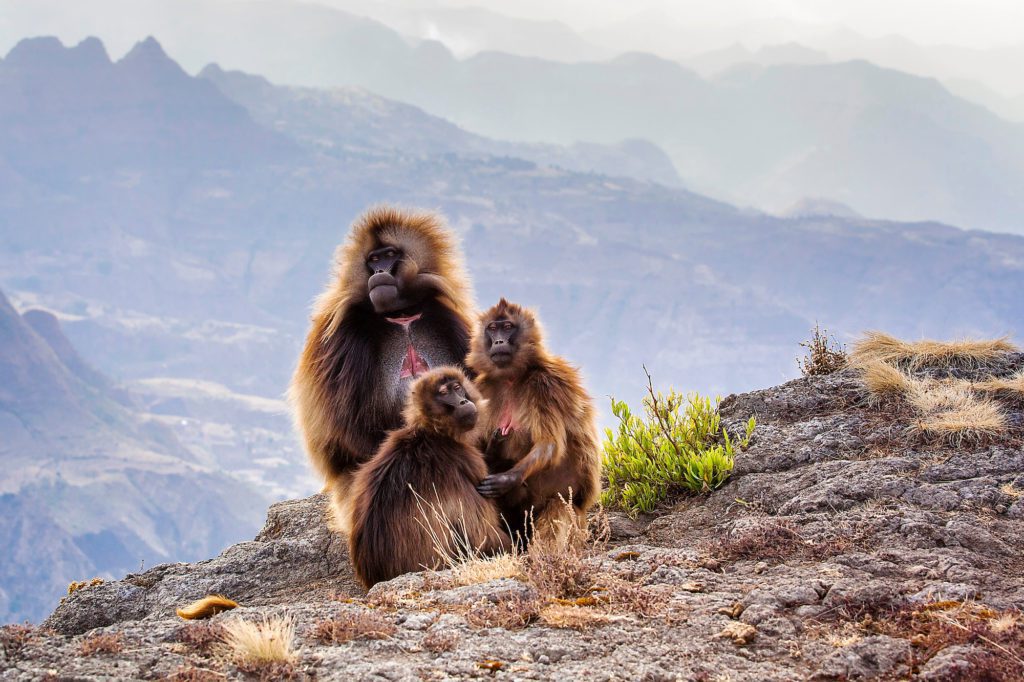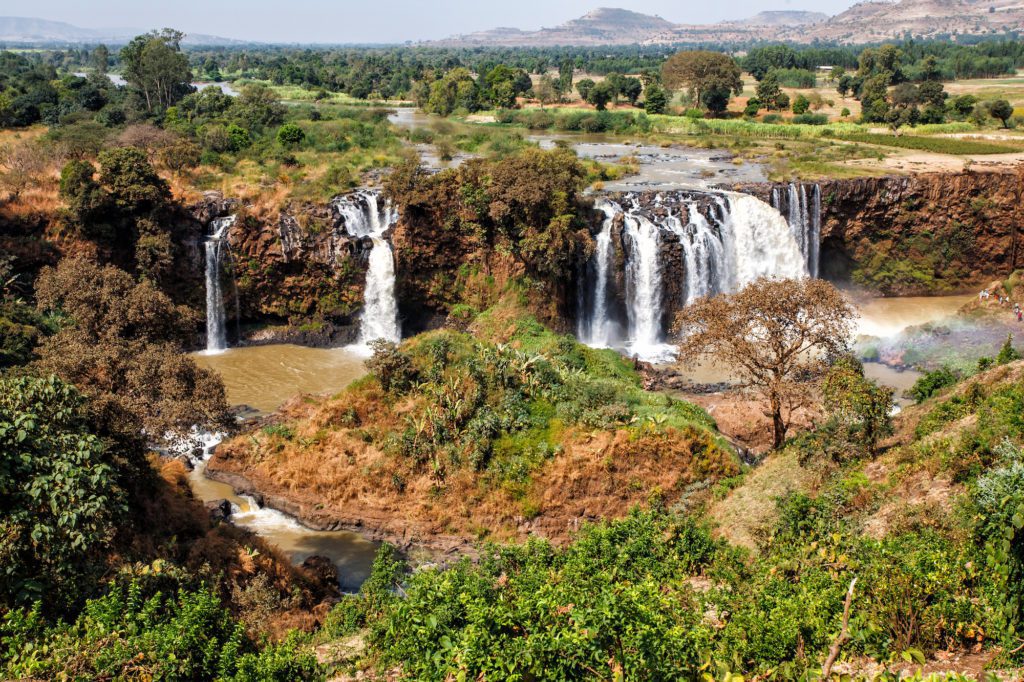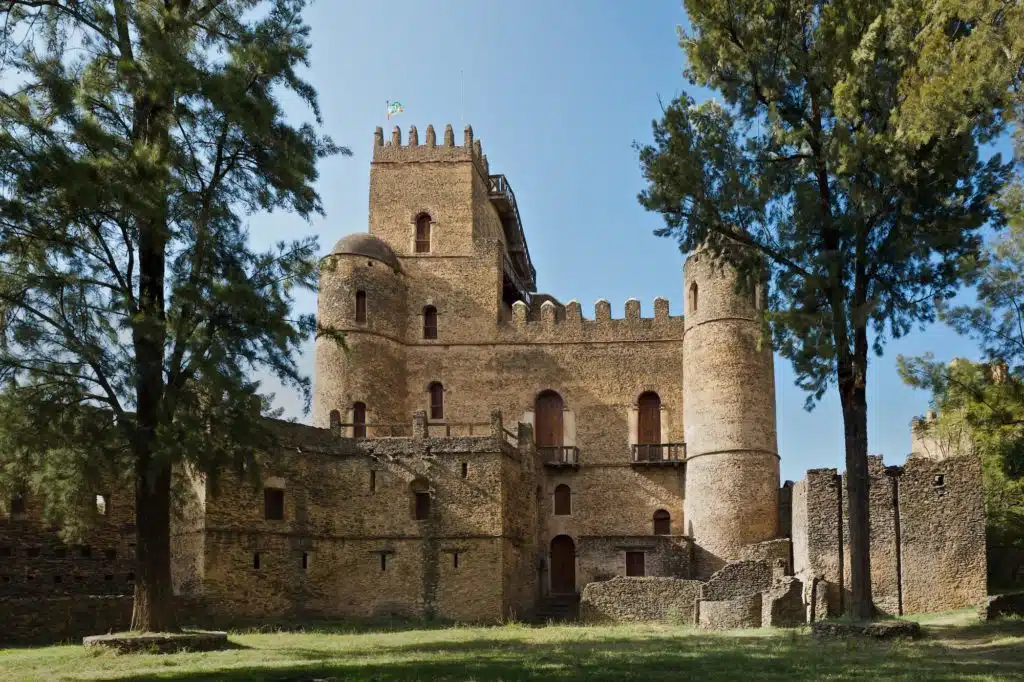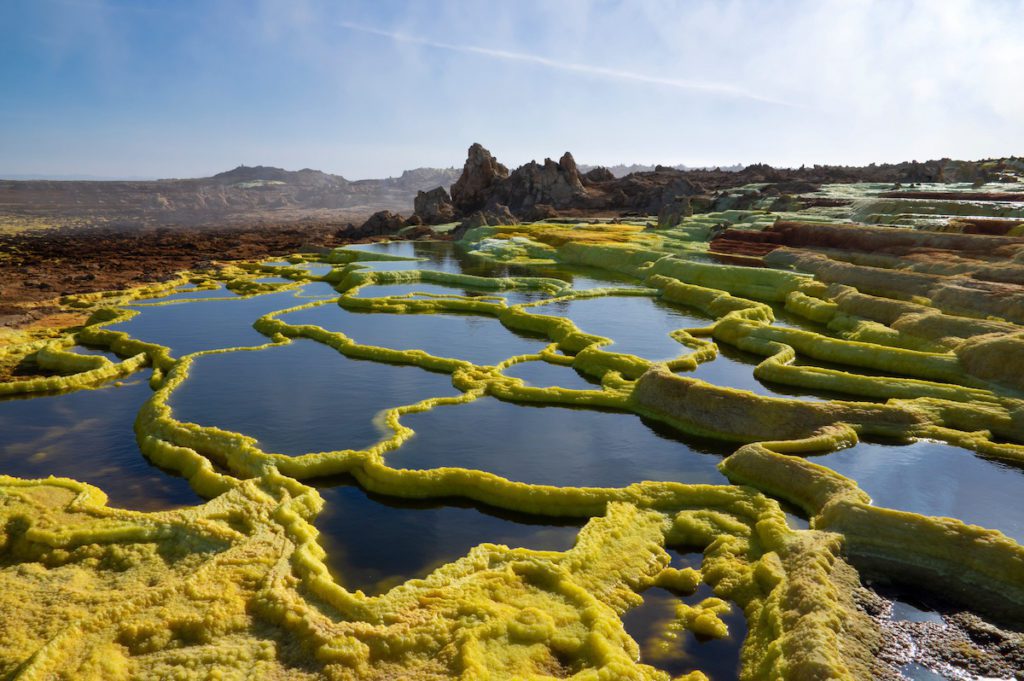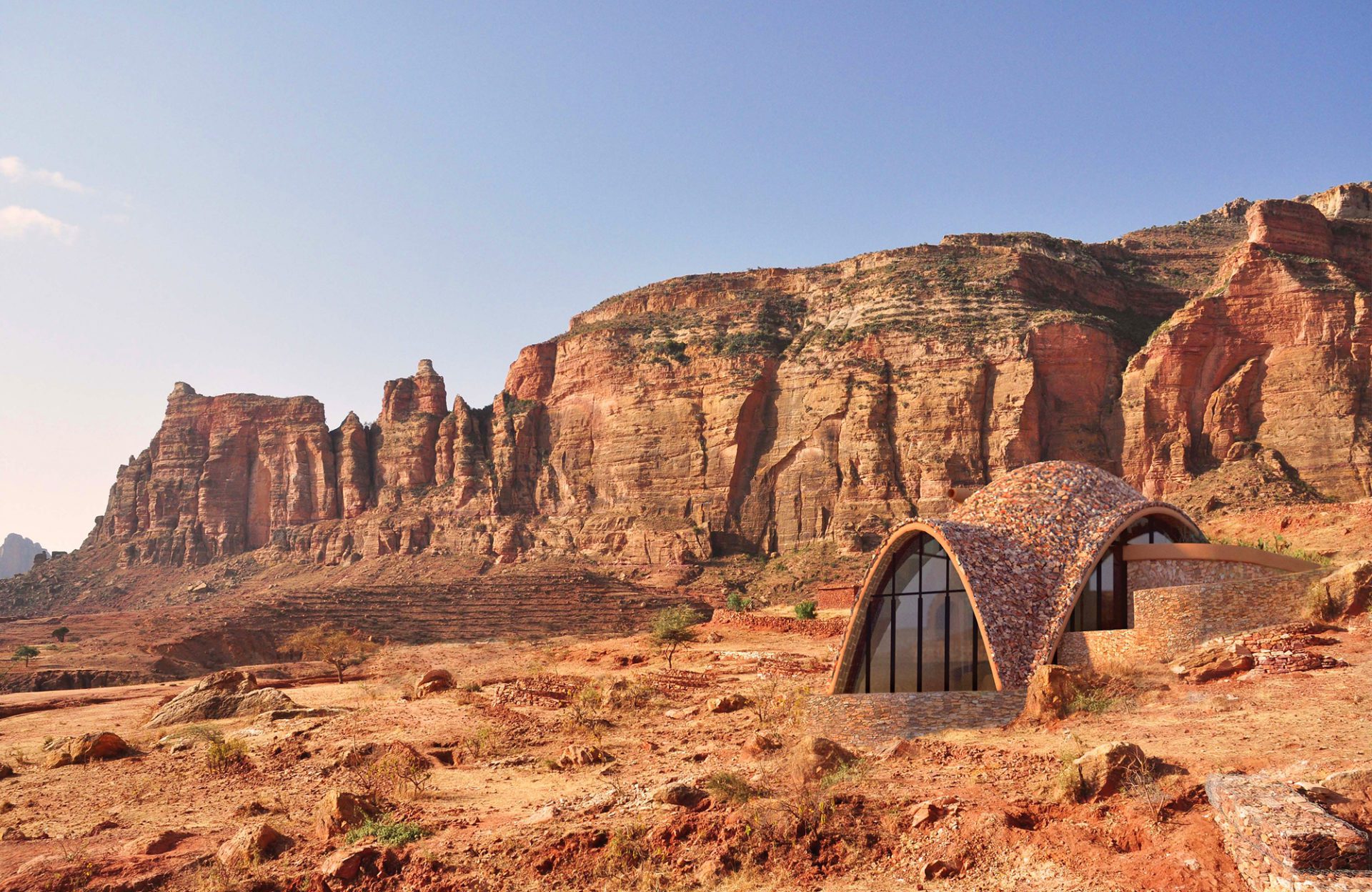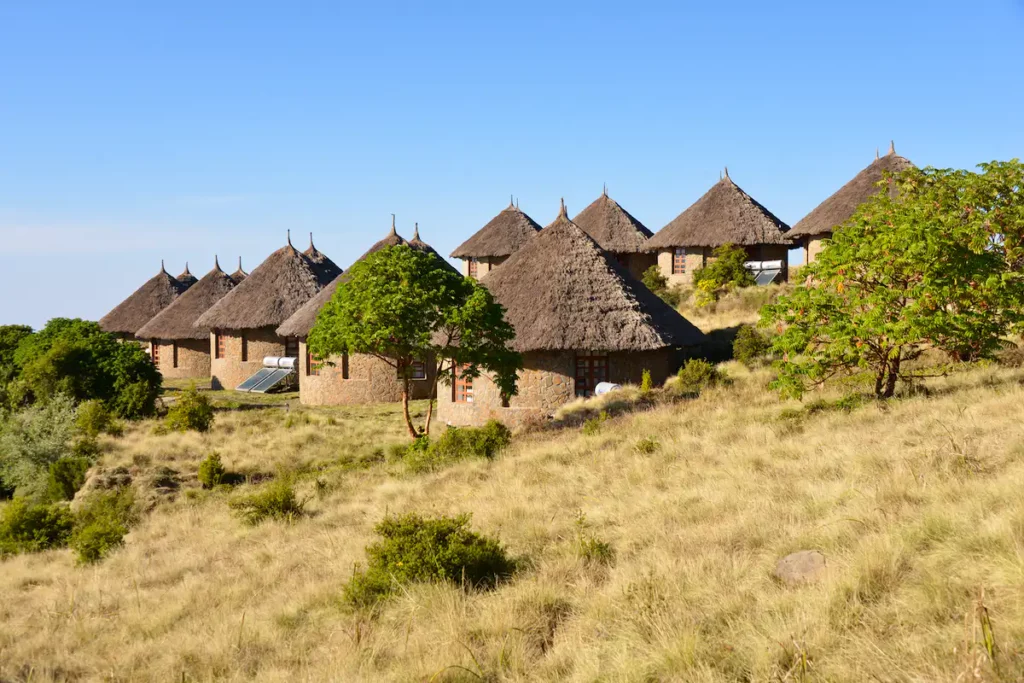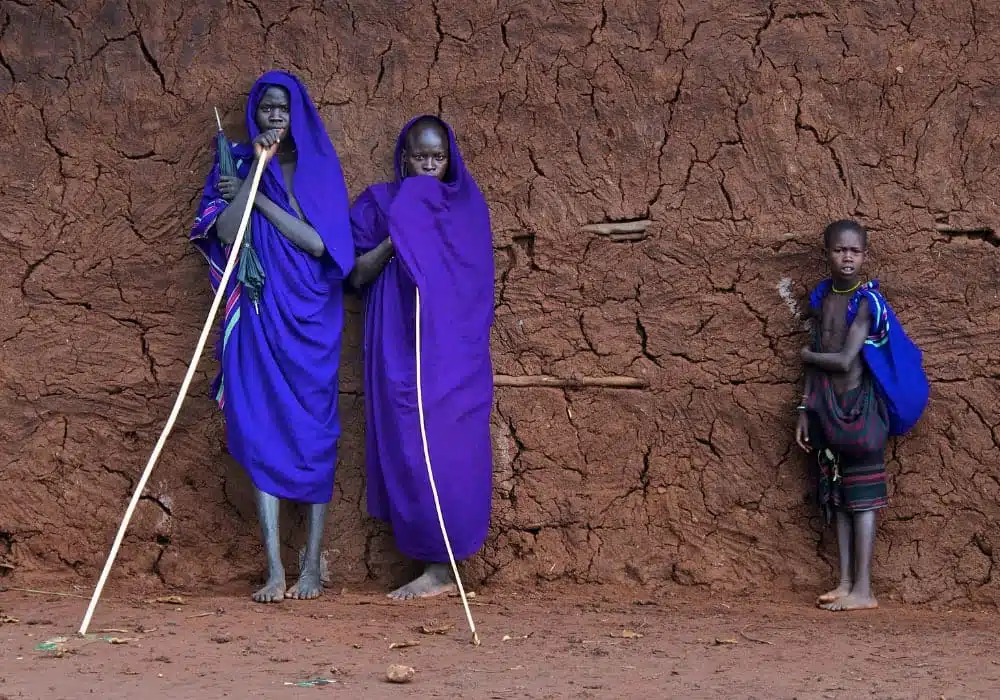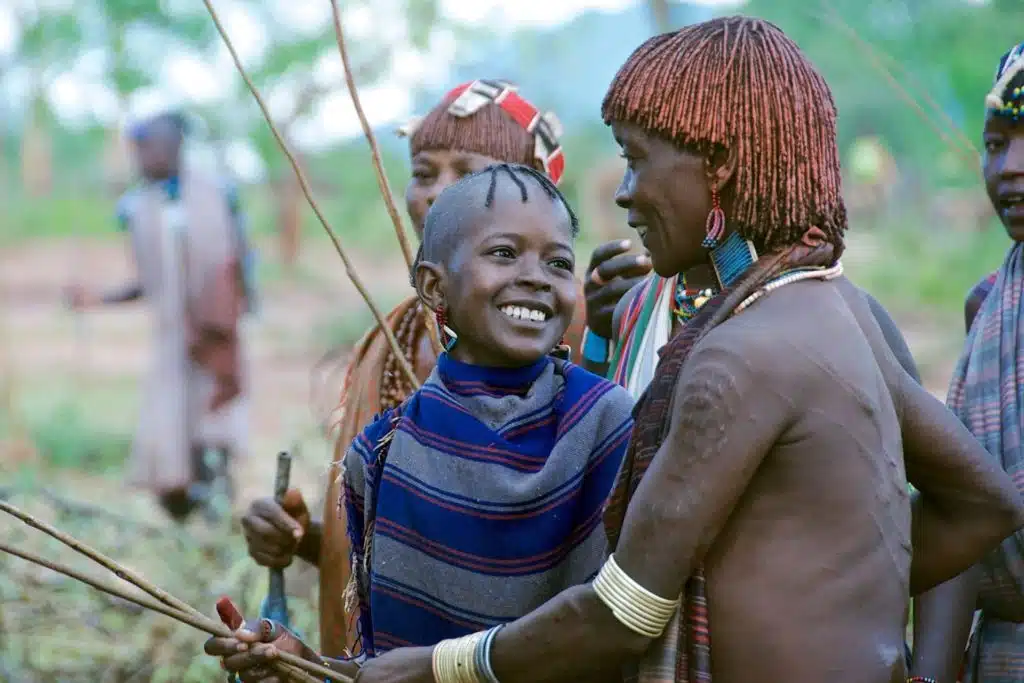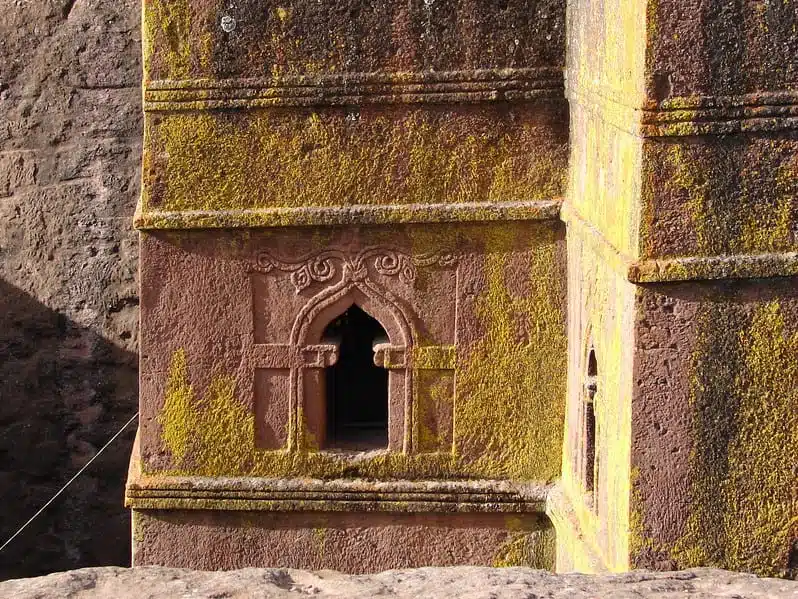HOW LONG SHOULD I SPEND IN ETHIOPIA?
You can ‘dip in’ to Ethiopia as part of a larger itinerary and enjoy one or two of its key attractions, but this will only allow you to scratch the surface of this fascinating country and likely have you booking a longer return trip. Ethiopia is a niche destination, with some more widely enjoyable aspects, but predominantly for those seeking a deeper cultural and historical experience. If you resonate with this sentiment, 10-14 days is recommended to get the fullest from your journey.
WHEN IS THE BEST TIME TO VISIT ETHIOPIA?
Ethiopia is highly changeable, with a greatly varied climate from north to south. Danakil in the north can be scorchingly hot throughout the year, reaching upwards of 100ºF (40ºC) and annual daily averages of 95ºF (35ºC). However, central and southern Ethiopia are far more temperate, and short wet seasons give way to a long dry season. To benefit from gentle temperatures and drier weather, November, December and January are the prime months.
WHAT CAN I EXPECT FROM ACCOMMODATION IN ETHIOPIA?
You will find fairly conventional luxury hotels and more traditionally-styled yet adequately comfortable tukels, depending upon your location. Occasional, more architecturally striking venues are rare, though there are a couple of notable accommodations. Ethiopia does not possess the stunning luxury safari property designs of other African countries, nor the consistency of tourism to make it viable, but we will ensure that you obtain the best the country has to offer and you may even find some venues surprisingly stunning.
OTHER DETAILS:
Visas are required for most visitors and should be organized prior to arrival from your home country. Inoculations may be recommended and we suggest you contact your travel designer or a travel medicine specialist for advice.
International flights fly to Addis Ababa, with small charters available in the north. Road or water transfers are predominant in the south, though private helicopter transfers can be arranged.
Language is rarely an issue, with English widely and well spoken. Guides are exceptional and highly informative. They are also able to assist and translate in the Omo region, where traditional tribal life may erase the need for English in the locals.
Ethiopia is not the most ideal destination for families and we would generally recommend against it. However, older children may find the breadth of culture fascinating and intriguing. If Ethiopia appeals to you, we suggest taking the time to research and consult your Travel Designer extensively to ensure you are familiar with what to expect.

